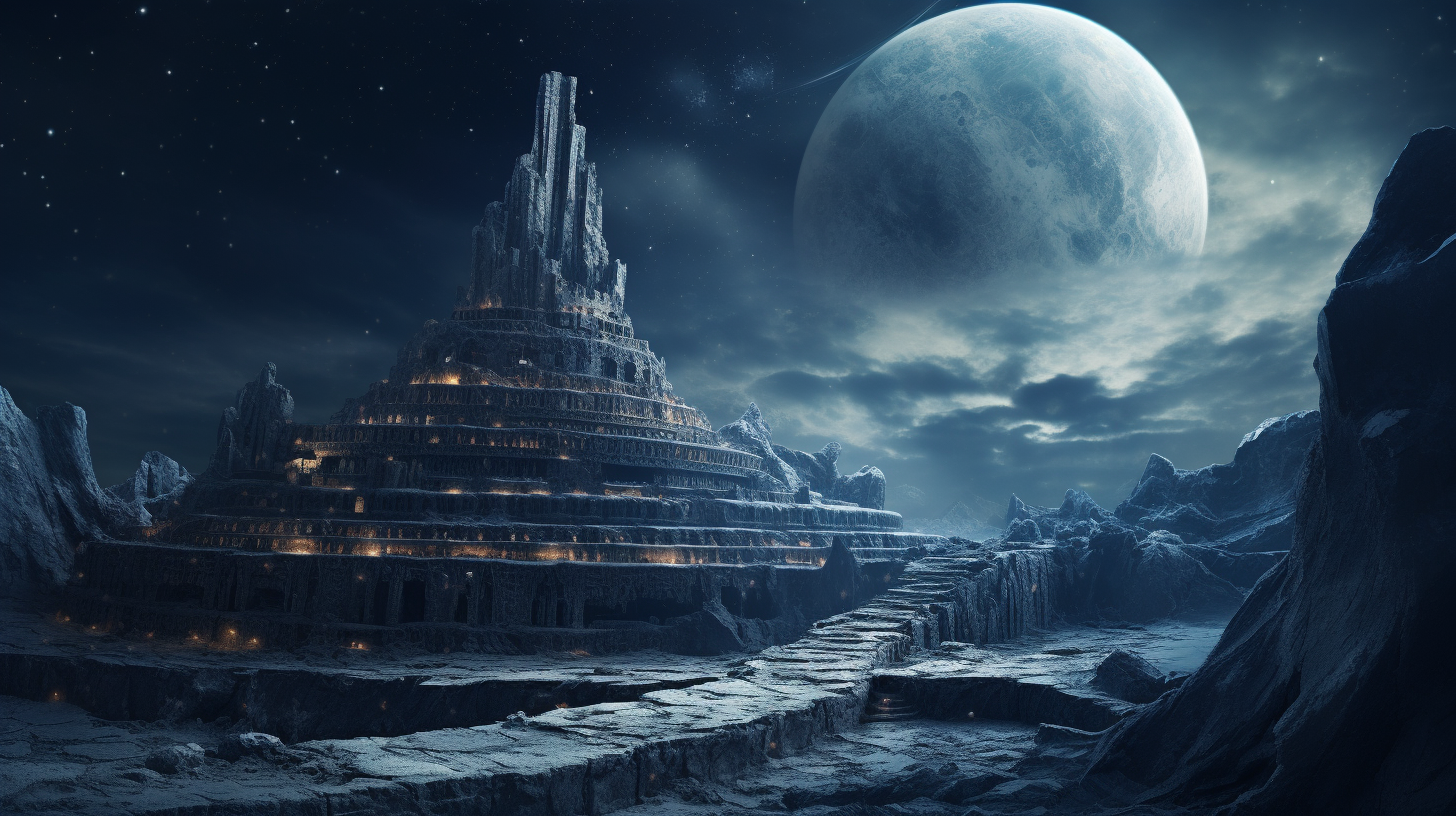Introduction:
In the early days of lunar exploration, before the historic Apollo missions, the moon held secrets that left scientists and researchers puzzled. An intriguing discovery was made by the Orbiter 2 spacecraft in 1966, three years before the first human set foot on the moon. The images captured during this mission revealed something that defied explanation—structures that bore a striking resemblance to ancient Egyptian obelisks. While the mystery of these lunar anomalies remains largely unacknowledged by mainstream science, they raise fascinating questions about our celestial neighbor.
The Enigmatic Lunar Obelisks:
On November 20th, 1966, the Lunar Orbiter 2, a NASA spacecraft, photographed a region on the moon, situated in the Sea of Tranquility, which would later become famous as the landing site for Apollo 11. What was astonishing about these images was the presence of pointed spires that bore a striking resemblance to Egyptian-style obelisks. These lunar obelisks numbered eight in total, with the largest estimated to be a colossal 15 stories tall.

The Challenge of Lunar Anomalies:
The presence of such structures on the moon presents a profound mystery. The moon has been bombarded by meteoric impacts for over 4.5 billion years, making it highly unlikely that anything larger than a basketball could remain standing upright on its surface. This leads to a compelling inference that these lunar obelisks are not the result of natural processes. If so, why are they there, and how did they come to be?
Apollo Missions and Lunar Discoveries:
As the Apollo missions embarked on their historic journey to the moon, they encountered an unexpected challenge. During Apollo 11’s descent to the lunar surface, the astronauts received a puzzling computer alarm known as “122.” This alarm was later attributed to the lunar module pilot, Buzz Aldrin, who had activated the lunar lander’s side radar. The question arises: why activate the side radar if there were no structures or obstacles to avoid on the moon’s surface? Could it be that NASA was aware of the lunar obelisks and their potential hazards?
NASA’s Hidden Knowledge:
Intriguingly, there is evidence to suggest that NASA might have had knowledge of extraterrestrial structures on the moon even before the Apollo missions. In the 1960s, NASA commissioned a report from the Brookings Institute to assess the implications of discovering evidence of extraterrestrial life. Some researchers believe that this report might have influenced the decision to keep any such findings hidden from the public, fearing social unrest.
Video:
Conclusion:
The presence of ancient Egyptian-style obelisks on the moon remains an unexplained mystery that challenges our understanding of our celestial neighbor. While mainstream science may not openly acknowledge these anomalies, they continue to captivate the minds of researchers and conspiracy theorists alike. Whether these lunar obelisks are the result of some long-forgotten civilization or simply a trick of shadows and perspective, they remind us that our universe is filled with enigmas waiting to be unveiled. Perhaps one day, we will unlock the secrets of the moon’s ancient structures and the mysteries they hold.

18 thoughts on “The Lunar Mystery: Unearthed Secrets of Ancient Structures”
Comments are closed.